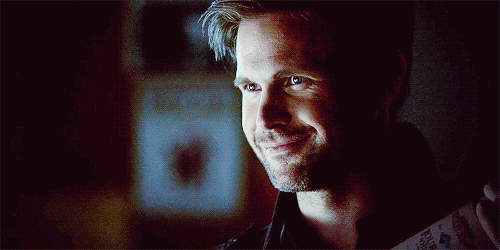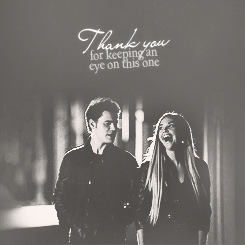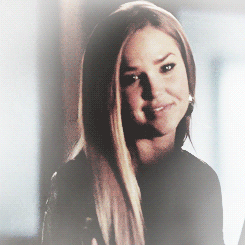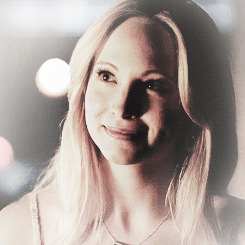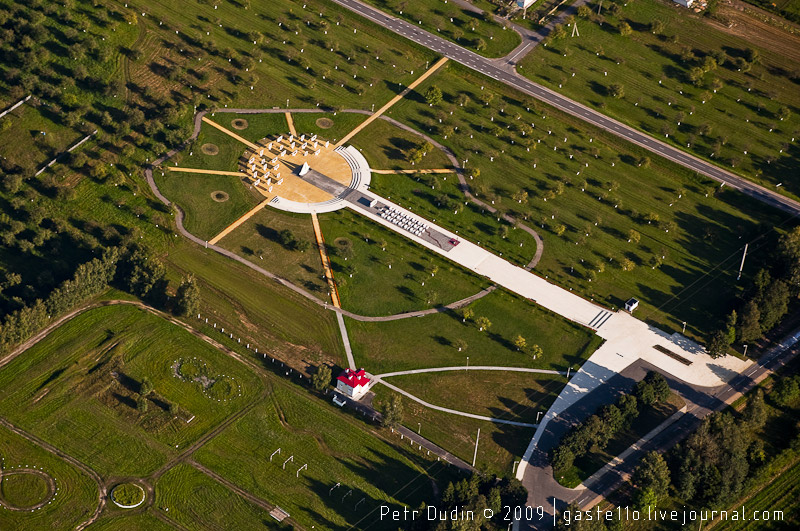“Some people have lives; some people have music.”
At the end of this all it would be really nice if we were remembered for being ourselves. (c) Tessa Virtue
about each otherTessa: I don’t remember necessarily a first attraction but I remember always sort of bring aware of where Scott was in the rink. He never stayed in one spot. In any activity group he was kind of buzzing about, but I was always keeping an eye on him for some reason.
“We know it’s a team,” Scott says. “You do a good skate together, you do a bad skate together. I think in ice dance that applies more than in any other discipline because you’re always holding on, always touching each other”.
“We hear team yelling and swearing at each other all the time,” Tessa says. “We’ve never said so much as ‘shut up’ to one another. We have such great respect for each other”.
Scott:”When Tessa gets really excited, she does this thing between a laugh and a cry. It’s the best. Usually I’m hugging her at that point and it’s so awesome.”
about key wordsShe [Marijane Stong] introduced them to “key words”. “It’s just an easy way for Tessa and I to communicate before we perform, without really talking” – Scott explains.
“Something like ‘knees’ might really mean ‘bend your knees’, or ‘time’ means ‘we don’t have anything to rush for’”, Tessa continues. “After the warmup, we talk through our whole program together and say, “When we get to this point, we’re going to think about this,” and we use our key words there. Then when we get on the ice and say those words, it clicks.”
They use about fifteen of those key words, and it should come as no surprise that one is a particular favourite, for both of them: “Together”.
about "Les Parapluies de Cherbourg"
“It was us”, Tessa says. “It was two young kids kind of figuring out their love for each other. It was an interesting program for us because there was a storyline to follow. And with the lyrics, you have to get into those characters, rather than do your own interpretation”.
“So we really had to pay attention to every little detail,” Scott continues. “I really enjoyed playing a specific character. They were young kids when they met, so that’s the part of the story we related to. We were seventeen and nineteen at the time, so it was easy for us to portray these characters because it was sort of what we were: naïve kids who could fall in love”.
about pain before surgery« The compulsory pattern was Argentine Tango, and after the first half pattern they would start to burn”, she recalls. “I told someone in my family. ‘Just so you know when you’re watching me skate: after the first half I’m dying and there’s another round and a half to go”.
“I would skate for thirty seconds and then it looked from the outside like I’d give up,” says Tessa, the woman who never gives up. “This is the year we’re supposed to be winning everything, setting ourselves up to be Olympic champions. This is the year for us and we can’t even make it through a minute of our program”.
after the surgeryWe didn’t talk”, they say in a perfect unison.
Much is made of how long Tessa and Scott have been together, but the corollary is just how little of their lives they’ve spent apart. They’ve known each other since they were six and eight, teamed up at eight and ten, and for years had spent eight hours or more per day together with only two weeks off per year. They didn’t know any other situation except “together”.
“That was the worst time for our relationship, and unfortunately it was matched up with the worst time of our skating career,” Tessa says, winching. “For twelve years, we didn’t even have to form full sentences to understand each other. And then we spent all that time apart and we weren’t even talking”.
“It was like we grew apart so much in those two months,” Scott adds. “That was a whole part of it that we didn’t expect. We had to learn how to get along and try to support each other. It was really quite strange”.
A good training day would give them optimism that Tessa’s leg problems were over, then “the very next day I’d be crying at the boards because I couldn’t do anything with the pain”.
There was not one competition, nor one training day, during the entire Olympic season when Tessa was completely physically healthy. Amidst the emotional upheaval and constant pain, Tessa sometimes lost confidence in her skating, and truly believed that other skaters were laughing at her in training. She had to work very hard to overcome those severe self-doubts.
As Kate Virtue was driving her daughter to the airport for the flight to the Grand Prix in Paris, Tessa began crying uncontrollably, and said her legs were hurting so badly she probably couldn’t make it through the programs.
“Why are we going, then? Why are we doing this?” Kate asked.
“Because I have to get to the Olympics!” Tessa answered.
“We had people say to us, ‘Go be seen. Go eat together, because people are watching,” Tessa Says.
“But we are together”, Scott continues, “so we don’t have to fake it”.
But they recall that at the Paris Grand Prix they felt the pressure to be seen together greater than they ever had, likely because they did not feel together.
They were back to Canton to redesign the exit from The Goose and make changes to their flamenco OD. “We connected”, Tessa smiles. “We were talking but there was more that we weren’t saying that was understood. It was the first time that we had felt that again”.
“Off the ice, our relationship was better that it’s ever been,” Tessa says, “and I came away from the Nationals feeling that we were going to win the Olympics. But three days later, when I was crying at the rink and couldn’t skate because my legs were in pain, I was feeling like we didn’t even deserve to be on the team”.
About Mahler’s program
“They [Marina and Igor] would say, ‘We want you to get from here to here, what do you feel comfortable doing?” Tessa recalls. “And we’d come up with something and they’d make it better. So things really came for us. I mean, Marina had this vision, but actual steps came from us, because it was natural.”
“It was our program,” Scott says. “It’s us. We made it, we helped Marina make it. She really took our greatest strengths and put them into the program.”
Tessa and Scott were scheduled to skate third from the end, and they stroked out to take their opening positions, Tessa said, “This is our time, we deserve this.” A packed arena, and several million Canadians television fans, agreed.
“We’re here, kiddo,” Scott said.
“Showtime!” Tessa said in her standard response.
Olympics, Worlds and after...Tessa and Scott are struck be the contrast between the photos on their podium at Worlds and those from the Olympics. In Vancouver, they were joyous and full of abandon while in Turin they were visibly tired. It had been a long, emotionally exhausting battle back from injury and off-ice estrangement. But they captured hearts across Canada, had elevated ice dancing far beyond what it had ever been in the country, and had proven they were correct when they left Ilderton to pursue their Olympic dream.
Scott: “There’re so many people who want to meet you, and you have the ability to affect them, to see their smiles, to see the reaction of so many children. So you want to try to influence the children to dream big and reach for the stars, which is so powerful. In that way, it has changed a lot for us. And there are responsibilities that come with being Olympic champions that Tess and I have every intention of fulfilling. As people, we really feel like we’re just Tessa and Scott. We still feel like we didn’t know why everybody was there that day. It feels like we’re just us, but I guess we have some more responsibilities to take care of than we did before”.
Scott: “We play a couple when we’re on the ice. When you have a man and a woman on the ice skating together, it makes sense that you play those roles. For Tessa and I that really works. You need to find people who understand that, and also know that when we’re off the ice we make public appearances and we’re working as well. Off the ice we don’t pretend that we’re a couple, but o lot of our time is going together and working together. I don’t think it’s that much of a difference from a normal work relationship, but is very time-consuming. That’s where Tess and I have decided we’re going to put our energy for as long as we’re competitive skating. And you have to find someone to understand that, and I don’t think it’s as easy as it may sound”.
So how would Tessa Virtue and Scott Moir like to be remembered? What kind of legacy would they like to leave to the sport?
Tessa: “Better that people remember us as good people than as good skaters. But if we’re talking about our legacy on the ice, it would be great if when people thought of us they thought, ‘ They were true dancers’, and that we made people feel something.”
“I was just thinking about how awesome that was, “ continues Scott, turning to his partner with admiration. “We made people feel something’. I love that.”
@темы: book stuff, Tessa & Scott, citations



















